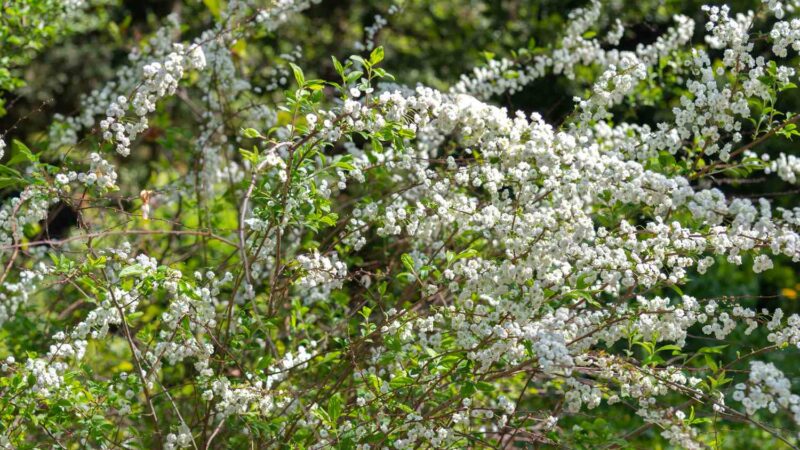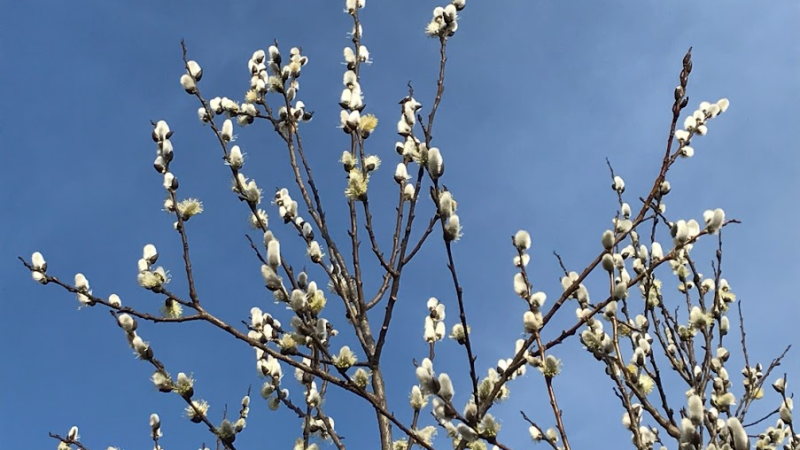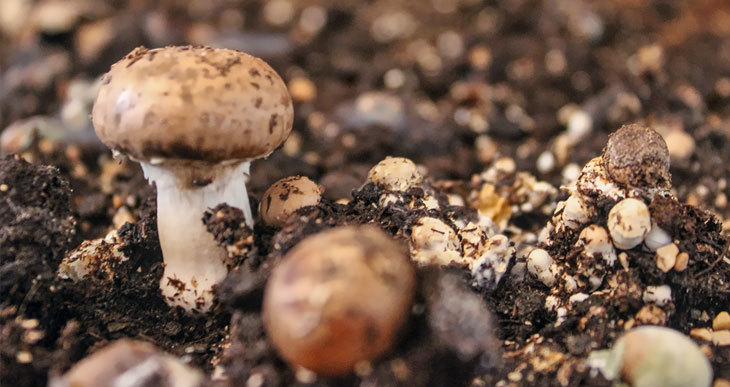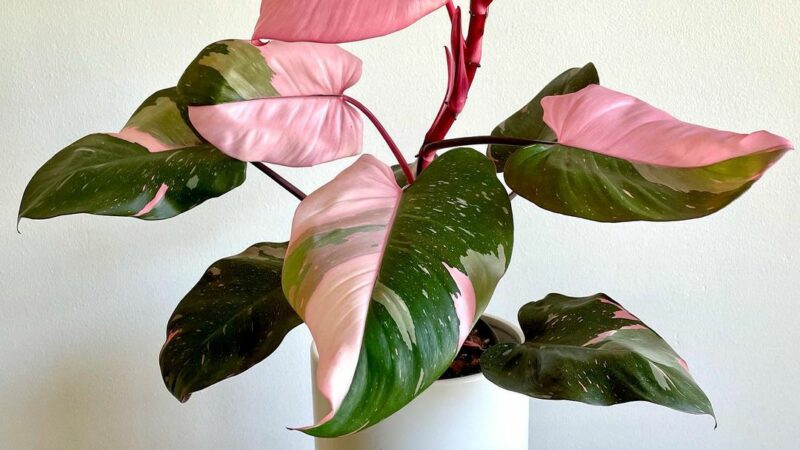How to Get Rid of Ants with Wings: A Comprehensive Guide
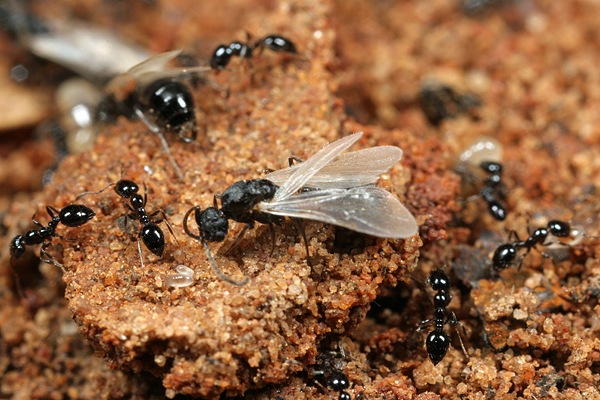
Ants with Wings – Ants are notorious for invading homes and gardens, a common nuisance that most people have encountered at some point. While regular ants can be a nuisance, flying ants can be particularly frustrating. These winged ants are typically reproductive ants looking to establish new colonies.
If you’re dealing with an infestation of ants with wings, don’t worry; several effective methods exist to get rid of them. This guide will explore various techniques to eliminate flying ants and prevent their return.
What are Flying Ants?
Flying ants are a stage in the life cycle of certain ant species. They are not a distinct species but rather winged reproductive ants from existing ant colonies. Flying ants play a crucial role in the ant colony’s reproduction and expansion process.
How to Get Rid of Ants with Wings?
Identify the Ant Species
The first step in effectively dealing with flying ants is identifying the specific ant species you’re dealing with. Different species may require slightly different treatment methods. Typically, flying ants are either winged male ants or newly mated queens. Knowing the species can help you determine whether they are a threat or merely seasonal visitors.
Keep Your Home Clean
Prevention is the first line of defence against any pest infestation. Maintain a clean environment to deter flying ants from entering your home. Clean up food spills promptly, store food in airtight containers, and take out the trash regularly. Ants are attracted to food sources, and a clean home is less likely to attract them.
Seal Entry Points
Like their non-winged counterparts, Flying ants can enter your home through tiny cracks and crevices. Seal any potential entry points, such as gaps around windows and doors, with caulk or weatherstripping. This will make it harder for ants to find their way inside.
Use Natural Repellents
Several natural repellents can deter flying ants from entering your home. Some of these include:
a. Vinegar: A mixture of equal parts vinegar and water can be sprayed along ant trails, entry points, and other areas to discourage ants.
b. Peppermint oil: Ants dislike the strong scent of peppermint oil. You can create a peppermint oil spray and apply it to areas with ants.
c. Lemon juice: Lemon juice can disrupt ant pheromone trails and deter them from returning to a particular area.
Set Ant Baits
Ant baits are an effective way to eliminate ant colonies. Look for bait traps explicitly designed for ants with wings. These baits contain a slow-acting poison that the ants carry back to their nest, ultimately eliminating the entire colony. Place the baits near ant trails and entry points.
Homemade Ant Traps
You can also create homemade ant traps using a mixture of borax and sugar. Mix one part borax with three parts sugar and place small amounts in shallow containers near ant activity areas. The sugar attracts the ants, while the borax disrupts their digestive system and eventually kills them.
Professional Pest Control
If your ant infestation persists despite your efforts, it may be time to call in professional pest control services. Pest control experts have the knowledge and tools to assess the extent of the infestation and provide targeted treatments that can effectively eliminate flying ants and their colonies.
How to Prevent Flying Ants Inside Your Home ?
Preventing flying ants from entering your home involves a combination of proactive measures to deter them and making your home less attractive to these winged ants. Here are some practical steps to prevent flying ants from invading your living space:
Seal Entry Points:
Inspect your home for any gaps, cracks, or openings where ants could enter. Pay close attention to windows, doors, and utility entry points.
Seal these openings using caulk, weatherstripping, or sealant to block access.
Maintain Cleanliness:
Keep your home clean and free of food crumbs or spills. Ants are attracted to food sources, and a clean environment is less inviting.
Store food in airtight containers to prevent ants from accessing it.
Dispose of Trash Properly:
Use tightly sealed trash cans and take out the trash regularly, especially food scraps.
Rinse recyclables and containers before placing them in recycling bins.
Trim Vegetation:
Trim trees, shrubs, and plants that are near your home. Overhanging branches and foliage can provide ants with a bridge into your house.
Clean Up Outdoor Attractants:
Remove outdoor food sources that attract ants, such as pet food dishes or spilt birdseed.
Clean barbecue grills thoroughly after use to eliminate food residue.
Use Natural Repellents:
Employ natural ant repellents, such as vinegar, lemon juice, or peppermint oil, by spraying them near entry points and ant trails. These scents deter ants.
Repair Moisture Issues:
Address any plumbing leaks or moisture problems in and around your home, as some ant species are attracted to damp areas.
Remove Fallen Leaves and Debris:
Keep your yard and garden clean by regularly removing fallen leaves, debris, and decaying wood, which can be attractive nesting sites for ants.
Ant-Proof Your Pantry:
Store pantry items like flour, sugar, and cereals in airtight containers to prevent ants from accessing them.
Regularly Inspect and Treat Your Home:
Regularly inspect your home’s exterior and interior to detect any signs of ant activity.
If you spot ants inside your home, address the issue promptly with ant baits or traps designed for the specific ant species. Follow the manufacturer’s instructions for placement.
Consult a Professional:
Consider consulting a professional pest control service if you have recurring ant problems or a particularly stubborn infestation. They can identify the ant species, assess the extent of the infestation, and provide targeted treatment and prevention strategies.
Conclusion
Dealing with flying ants can be a frustrating experience, but it’s not impossible to eliminate them from your home and property. By following these steps, you can take control of the situation and ensure a pest-free living environment.
Remember to maintain cleanliness, seal entry points, use natural repellents, set ant baits, and consider professional help if necessary. With persistence and the right approach, you can get rid of ants with wings and enjoy a pest-free home.
